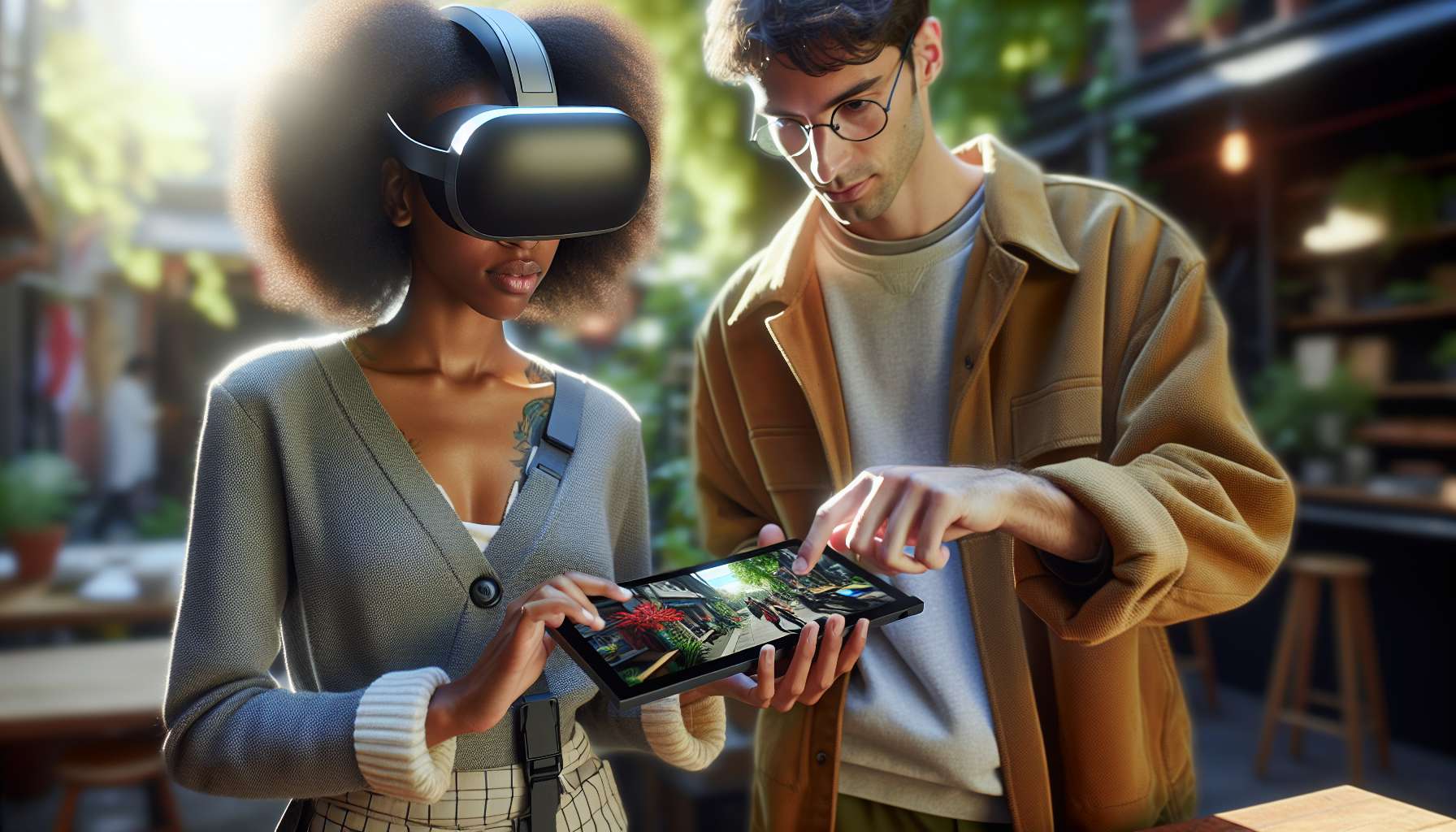The Power of Augmented Reality in Product Marketing
In today’s fiercely competitive markets, standing out from the crowd is essential for any business looking to thrive. With consumers bombarded by countless options, it’s becoming increasingly challenging to capture their attention and convince them to choose your product over others. This is where augmented reality (AR) comes into play, offering a game-changing solution for product differentiation.
What is Augmented Reality?
Before we delve into the role of AR in product marketing, let’s quickly define what augmented reality is. AR is a technology that overlays digital information, such as images, videos, or 3D models, onto the real world. By using a smartphone, tablet, or AR glasses, users can experience a blend of the physical and digital realms, enhancing their perception of reality.
The Rise of AR in Product Marketing
AR has gained significant traction in recent years, with businesses across various industries leveraging its potential to create unique and immersive experiences for their customers. One of the most compelling applications of AR is in product marketing, where it enables companies to differentiate their offerings and engage consumers in unprecedented ways.
Enhancing Product Visualization
Traditional marketing methods often rely on static images or videos to showcase products. While these mediums can convey some information, they fail to provide a truly immersive experience. AR, on the other hand, allows customers to visualize products in their own environment, giving them a realistic sense of how the product will look and fit in their lives.
Imagine being able to try on virtual clothing, place furniture in your living room, or see how a new car model would look in your driveway. AR empowers customers to make more informed purchasing decisions by eliminating the guesswork and uncertainty associated with traditional marketing methods.
Interactive Product Demonstrations
AR takes product demonstrations to a whole new level by enabling interactive experiences. Instead of passively watching a video or reading a brochure, customers can actively engage with the product through AR. They can explore its features, interact with virtual buttons and controls, and even see how it performs in different scenarios.
For example, a cosmetics company could develop an AR app that allows customers to virtually try on different shades of lipstick or experiment with various makeup looks. This level of interactivity not only enhances the customer experience but also builds trust and confidence in the product’s capabilities.
Creating Memorable Brand Experiences
In today’s digital age, creating memorable brand experiences is crucial for building customer loyalty. AR offers a unique opportunity to leave a lasting impression on consumers by delivering immersive and personalized experiences.
For instance, a beverage company could develop an AR app that transforms their product packaging into an interactive game or a virtual story. By engaging customers in a fun and memorable way, the brand becomes more than just a product – it becomes an experience that customers want to share with others.
Staying Ahead of the Competition
As AR continues to evolve and become more accessible, it’s no longer just a novelty – it’s becoming an expectation. By embracing AR for product differentiation, businesses can position themselves as innovative and forward-thinking, setting themselves apart from competitors who have yet to tap into this technology.
Moreover, early adopters of AR in product marketing have already seen impressive results. They have reported increased customer engagement, higher conversion rates, and improved brand perception. By leveraging AR, businesses can not only differentiate their products but also drive tangible business outcomes.
The Future of AR in Product Marketing
The potential of AR in product marketing is vast and ever-expanding. As technology continues to advance, we can expect even more exciting use cases and innovations in this space.
For example, imagine a future where customers can virtually customize and personalize products in real-time, or where AR-powered virtual shopping assistants guide customers through their purchasing journey. These possibilities are not far-fetched – they are the next frontier of product marketing.
Conclusion
In today’s competitive markets, product differentiation is no longer a luxury – it’s a necessity. Augmented reality offers a powerful tool for businesses to stand out, engage customers, and create memorable brand experiences. By embracing AR in product marketing, companies can not only differentiate their offerings but also drive business growth in an increasingly digital world.





